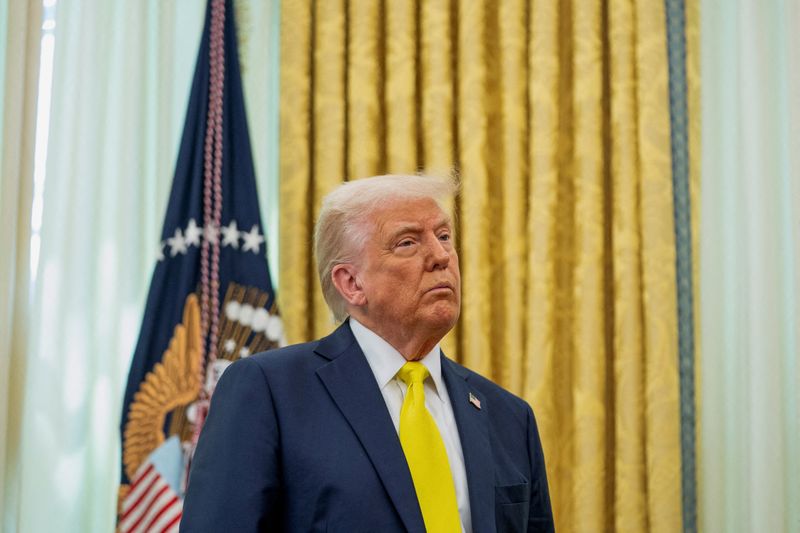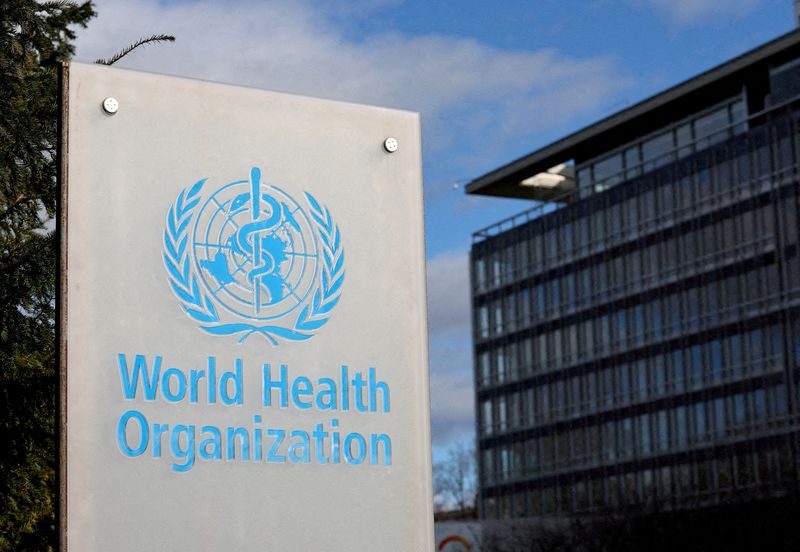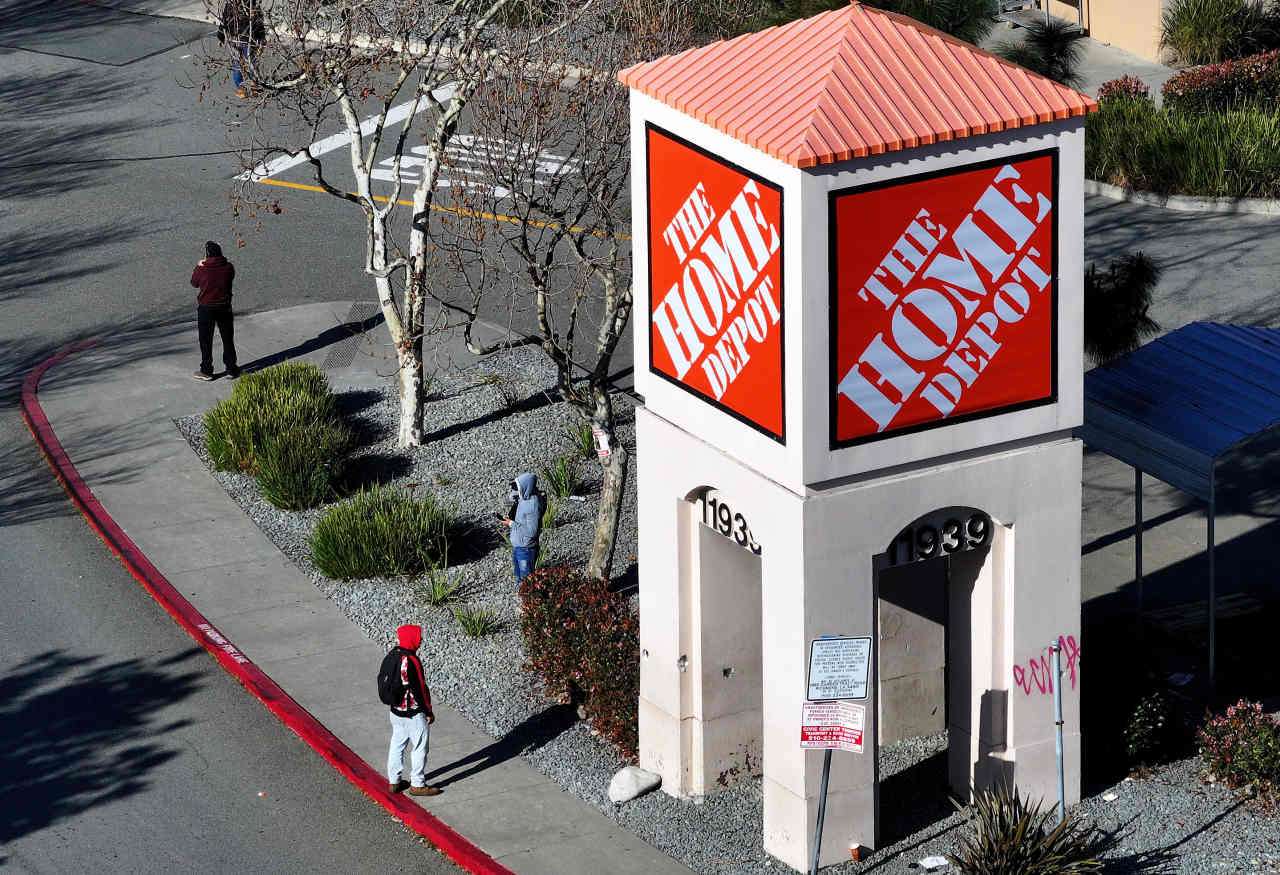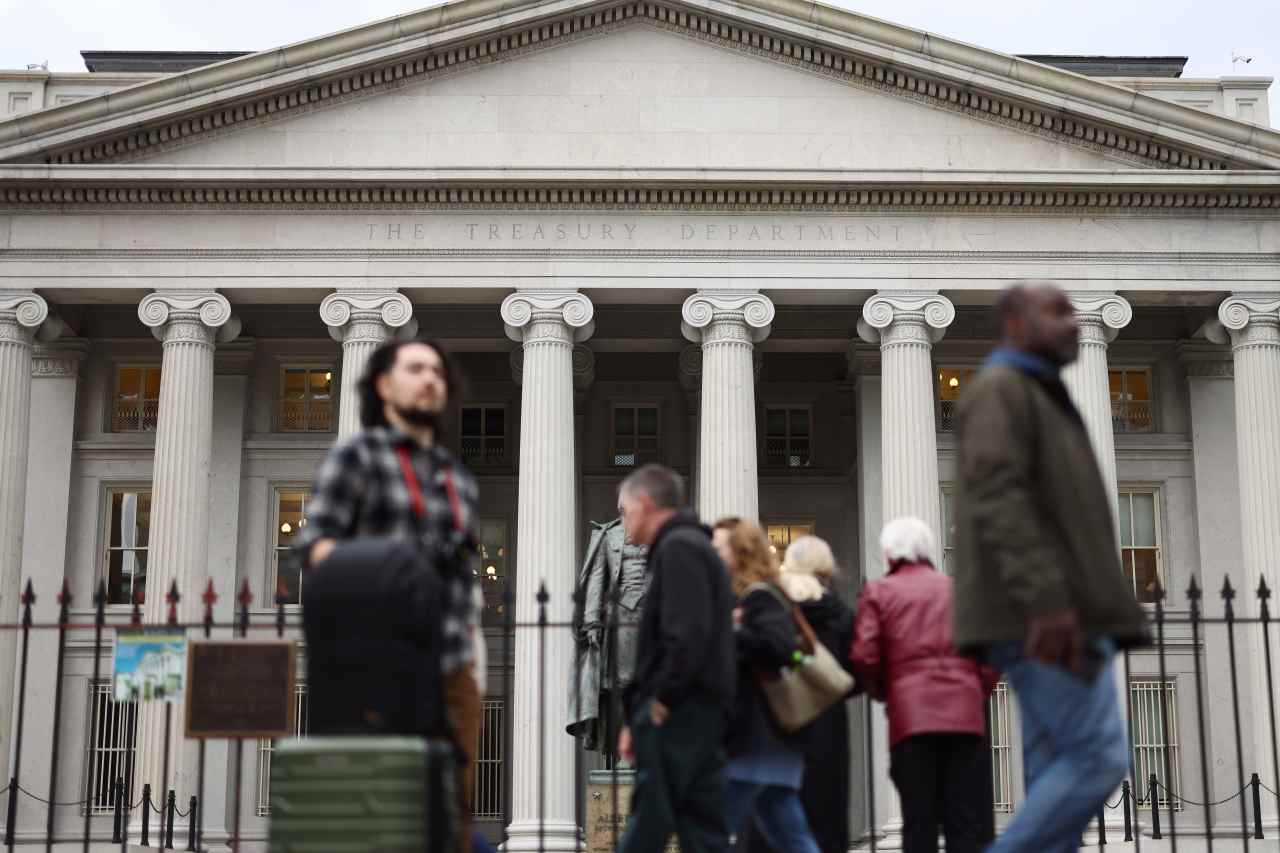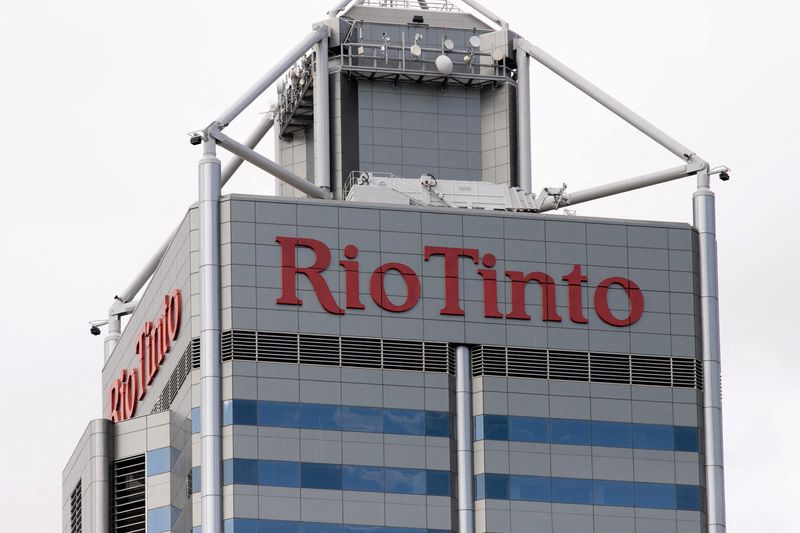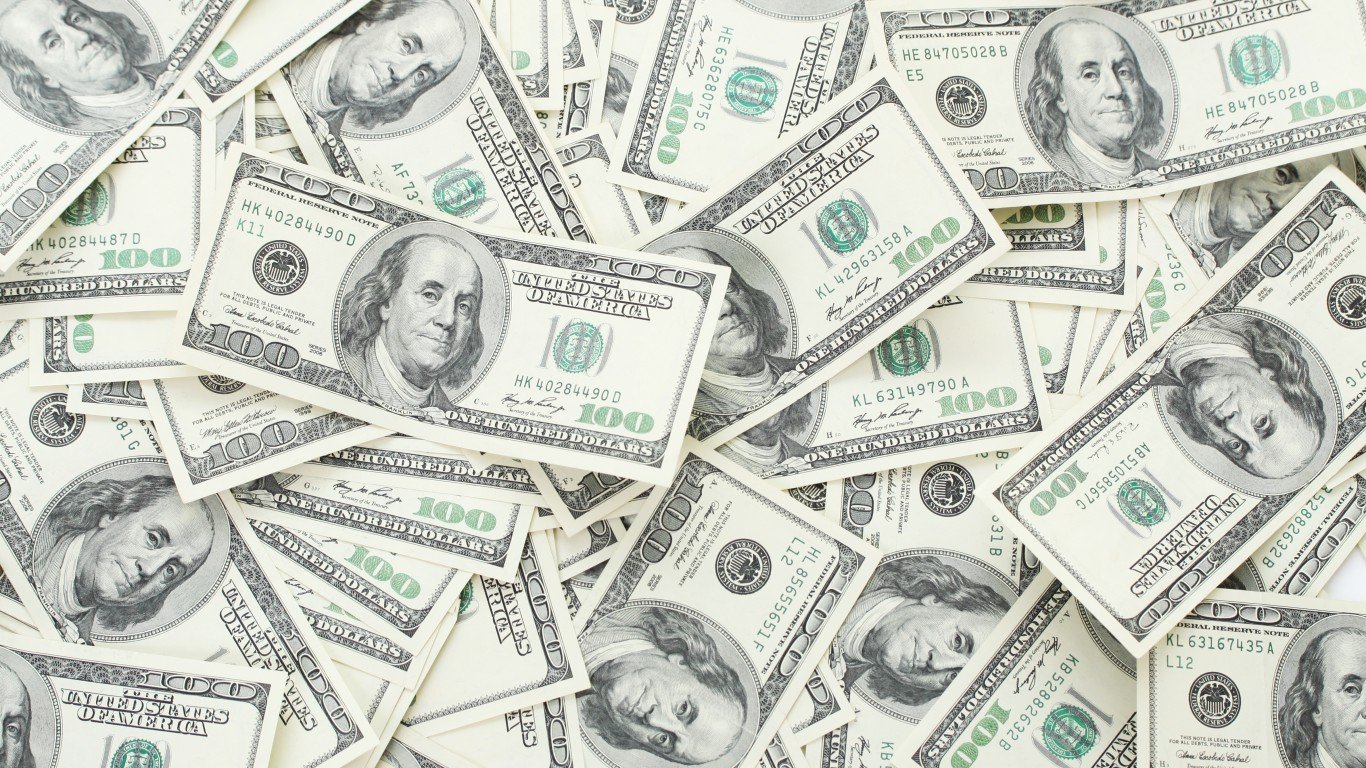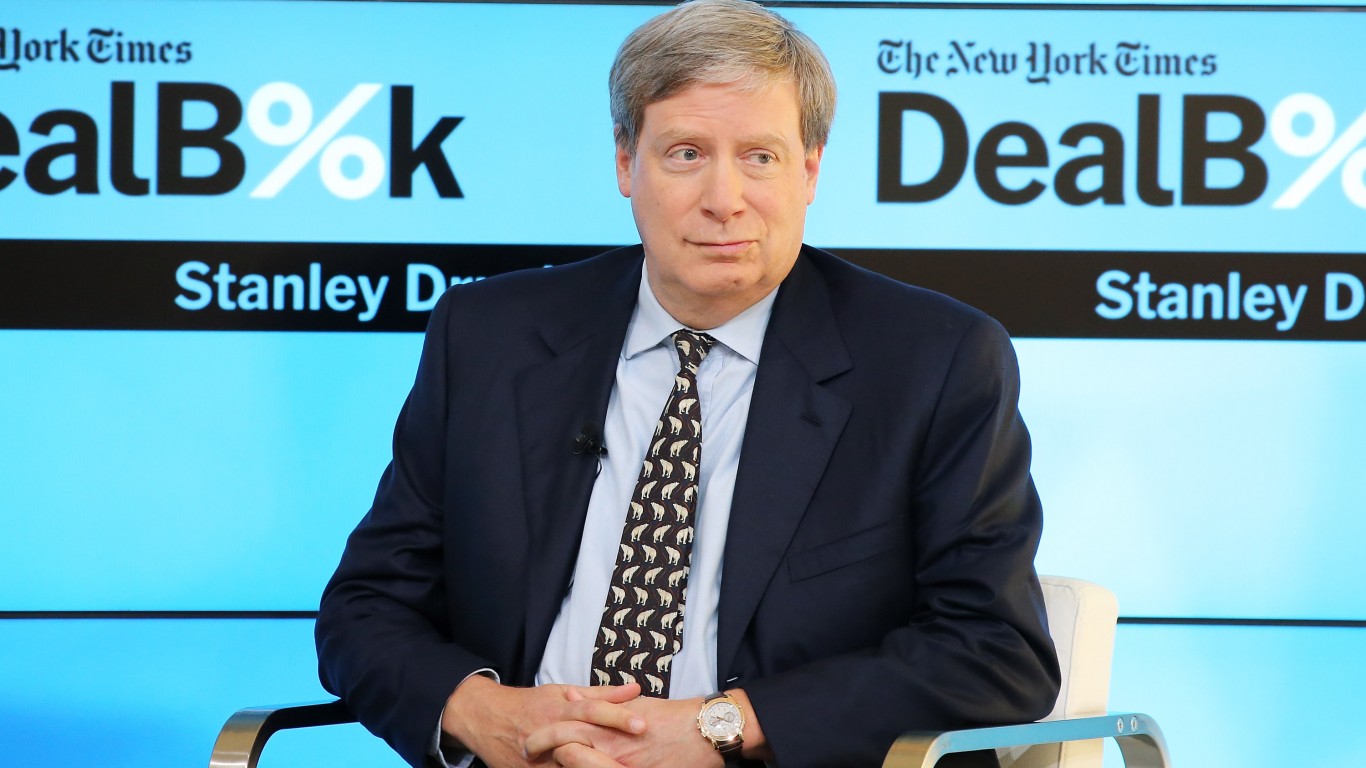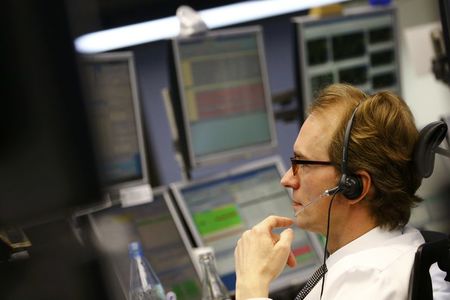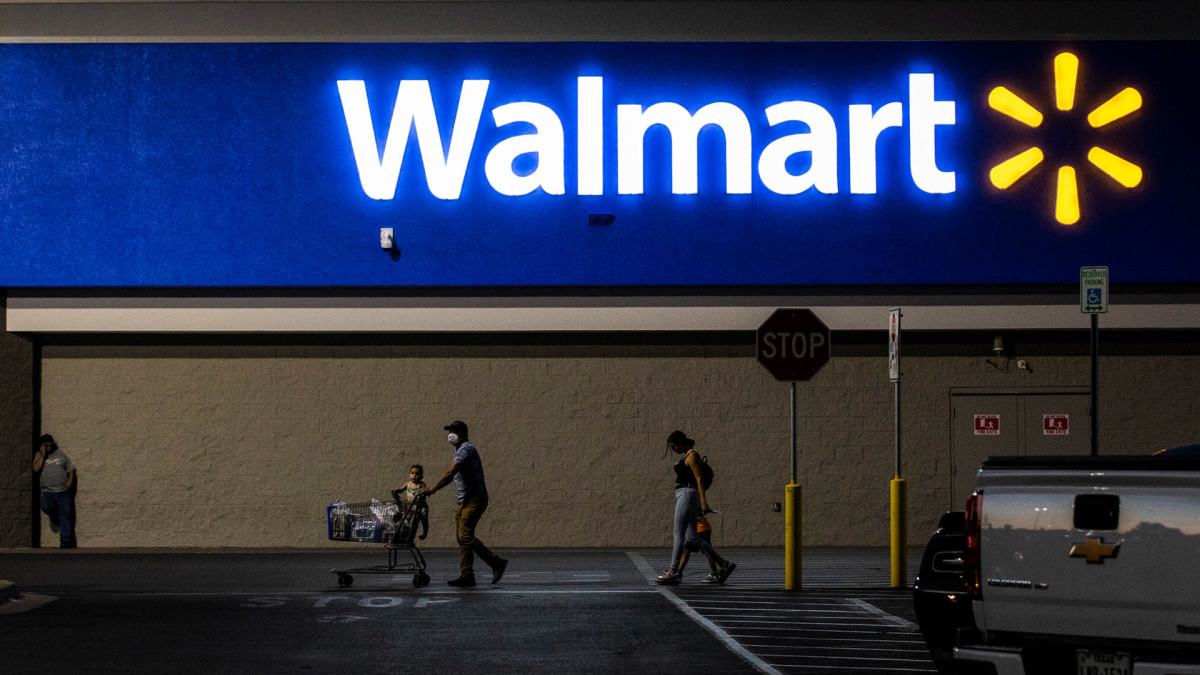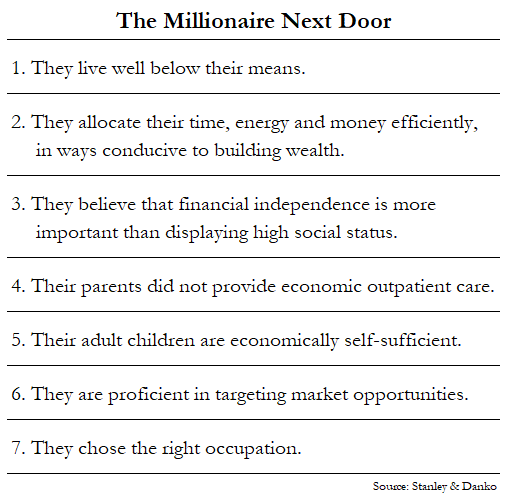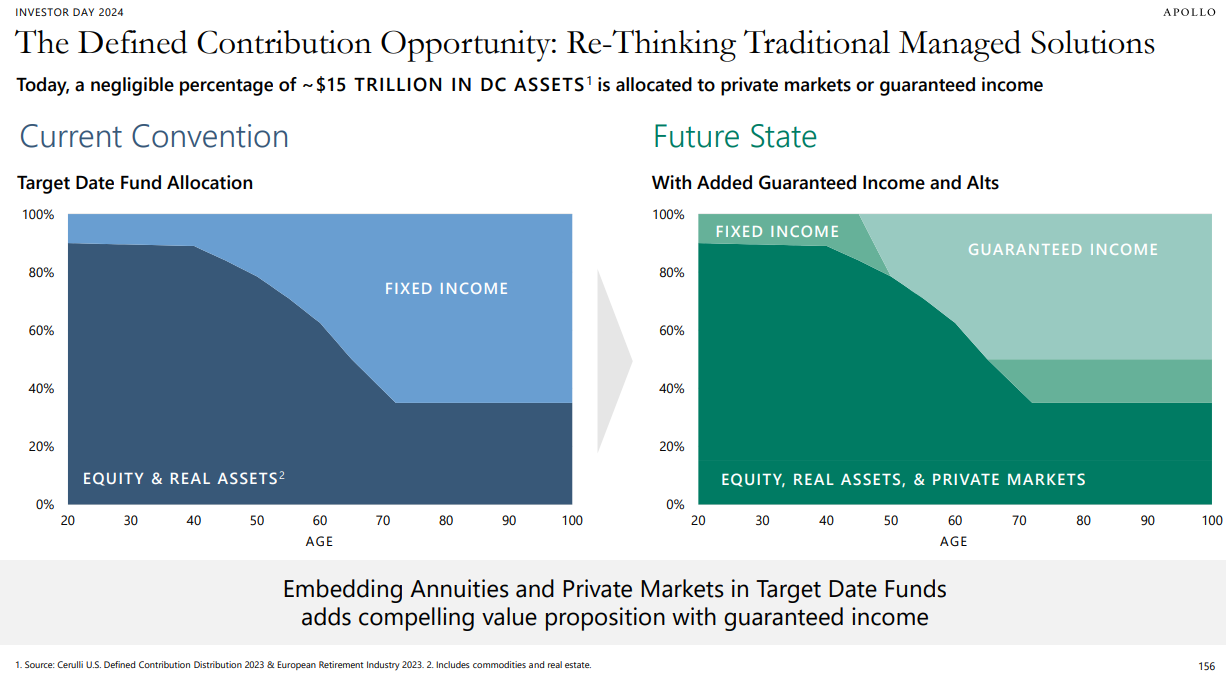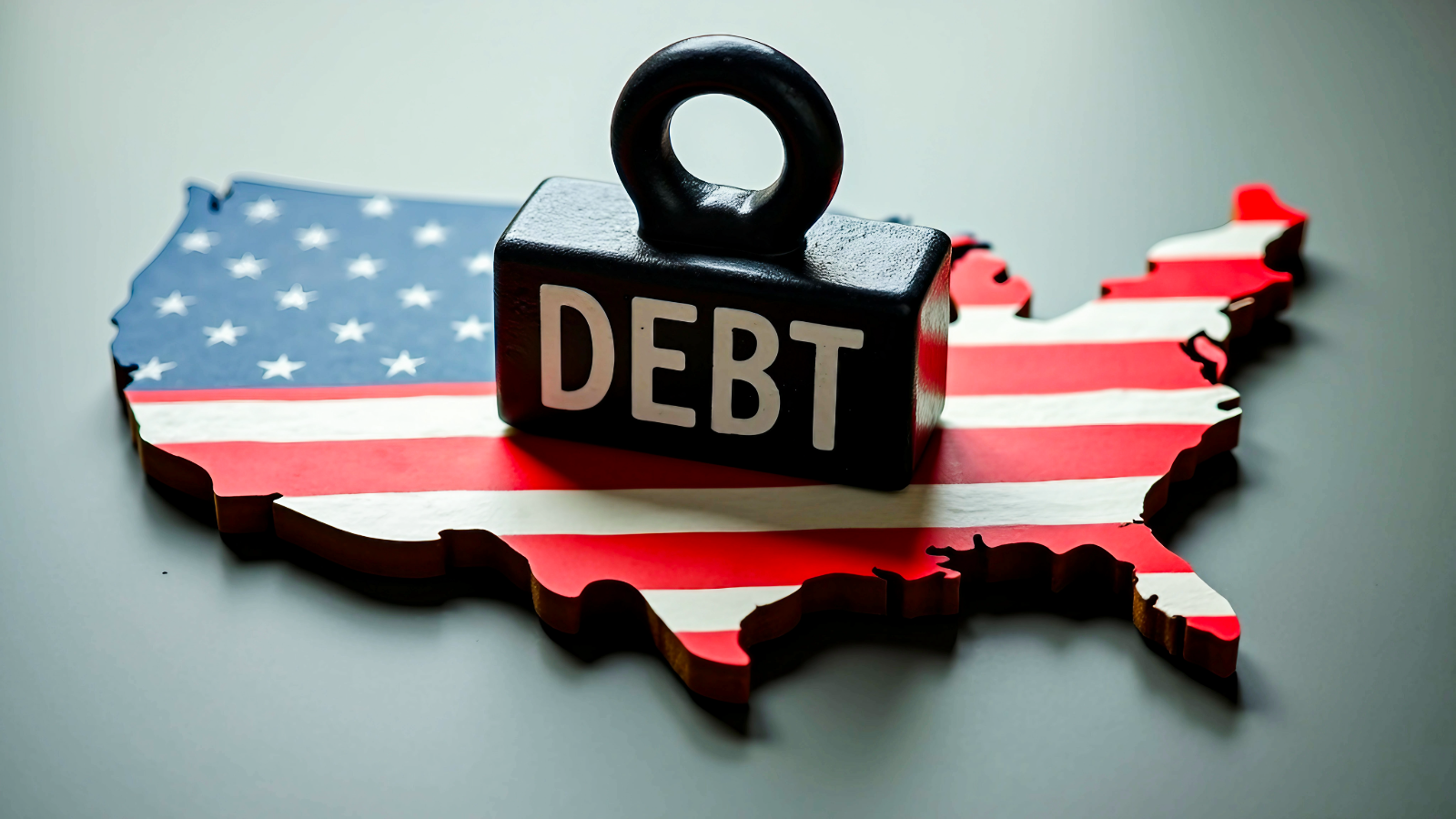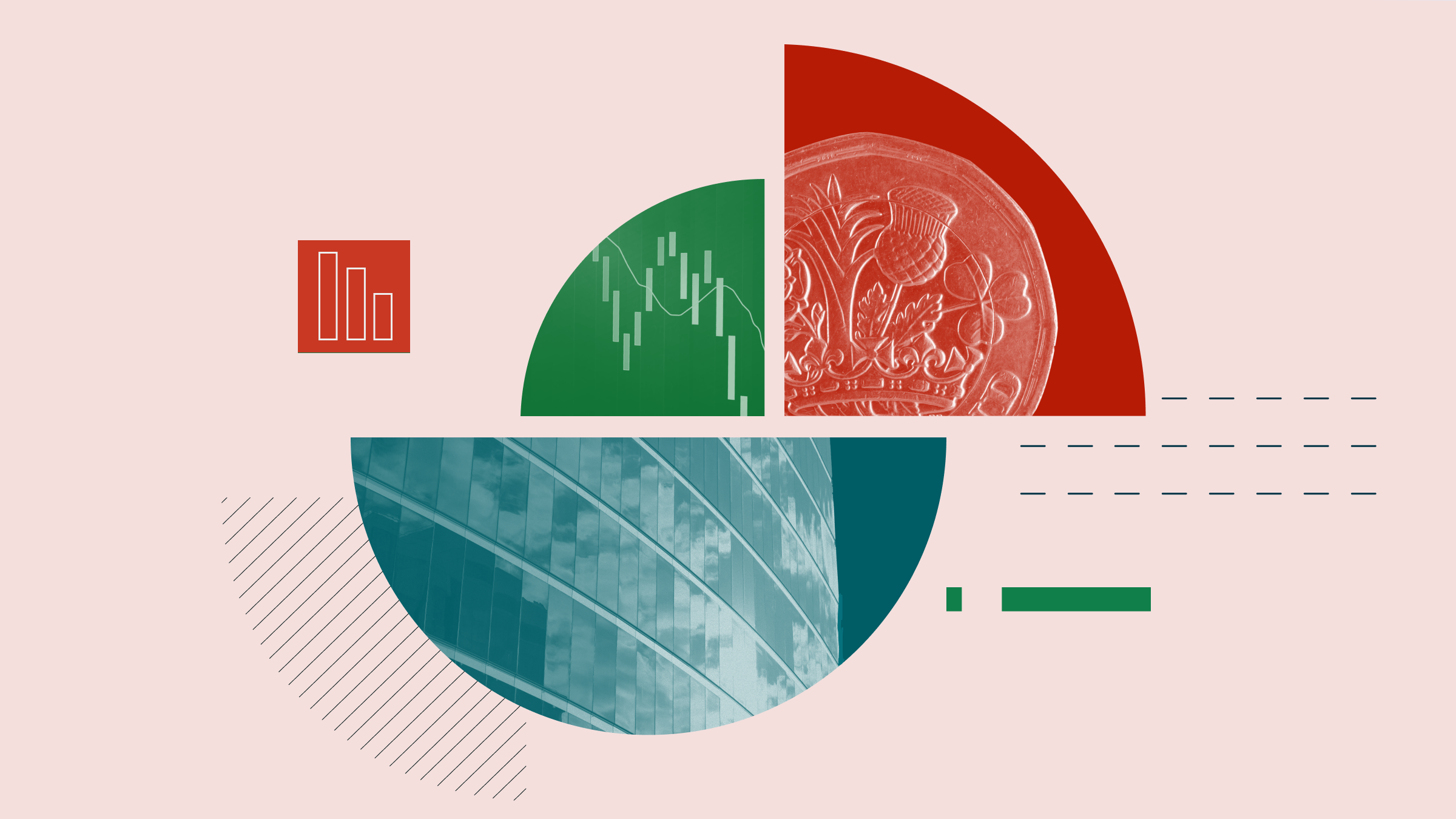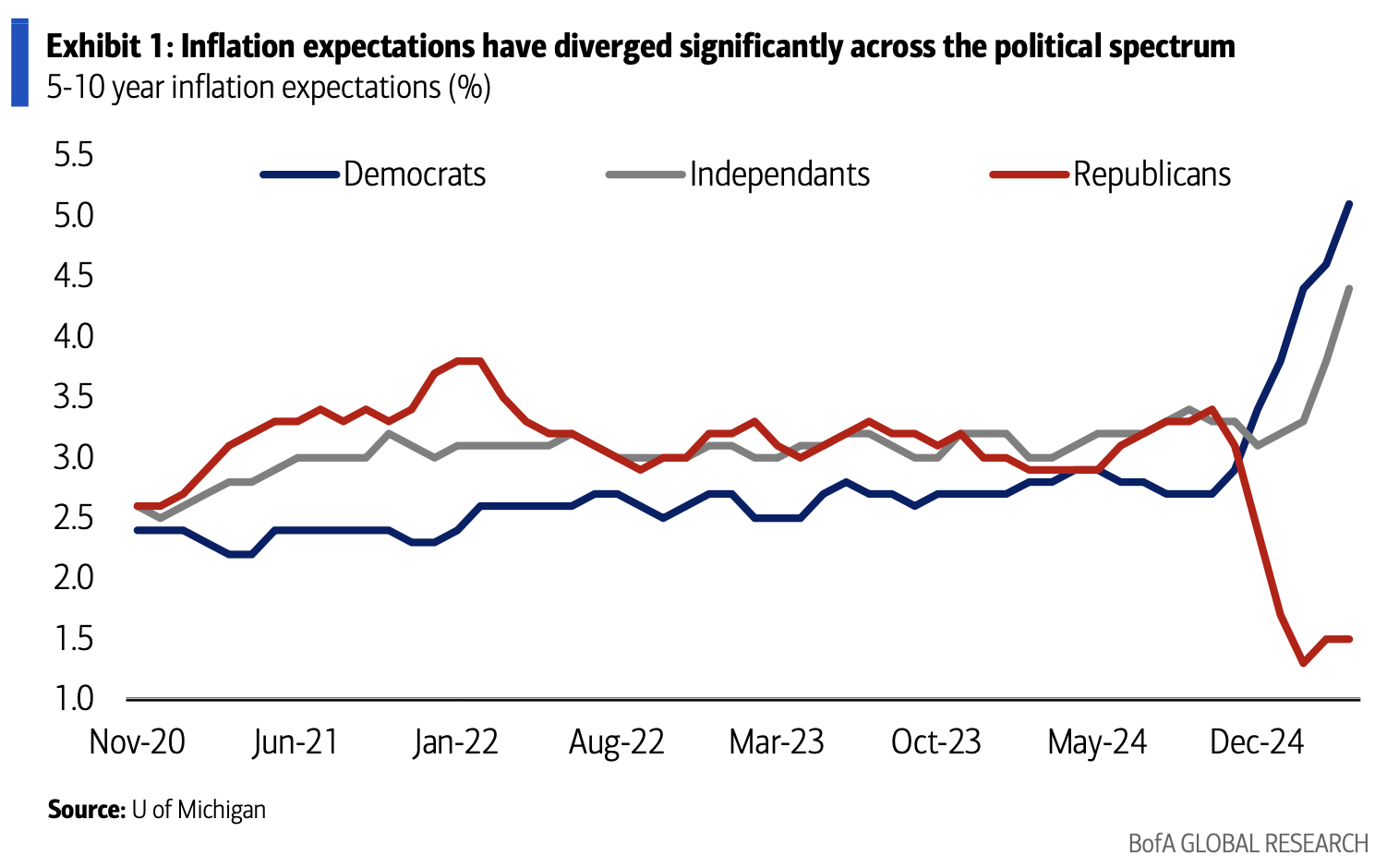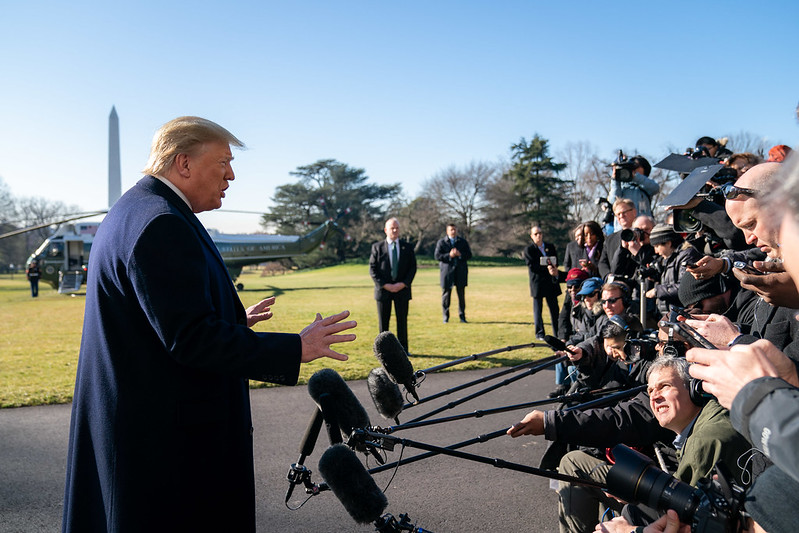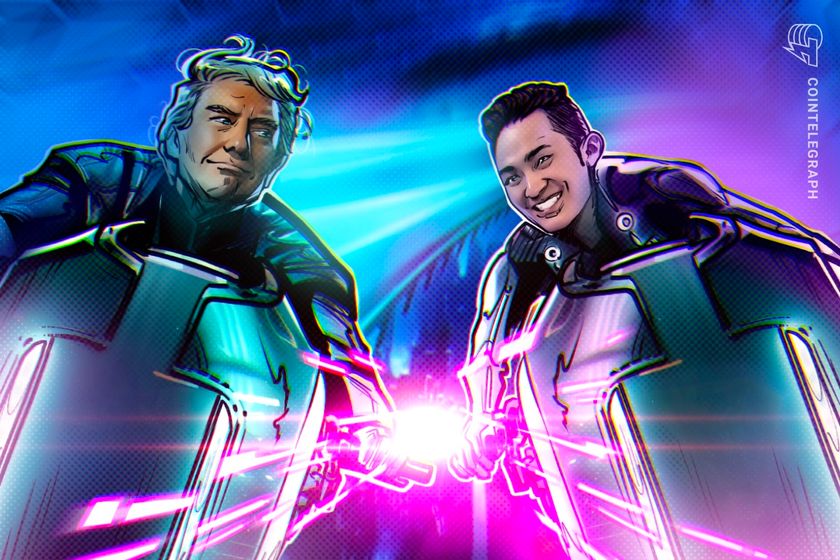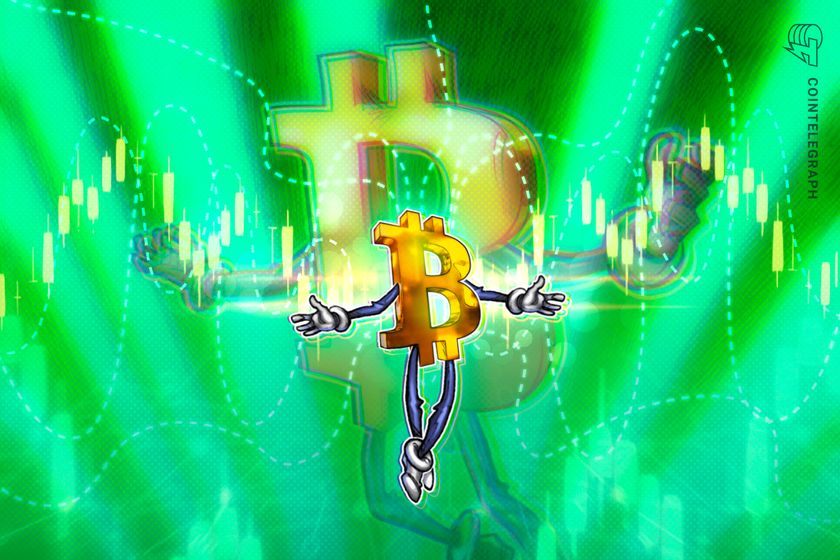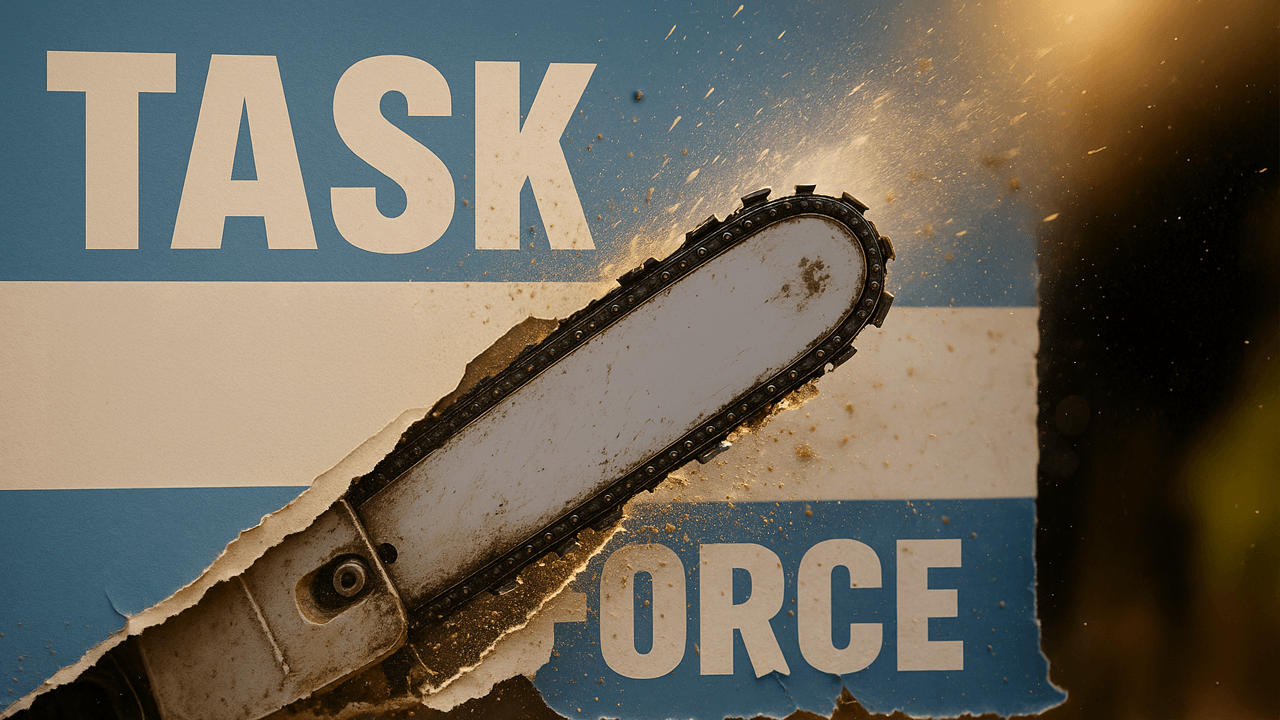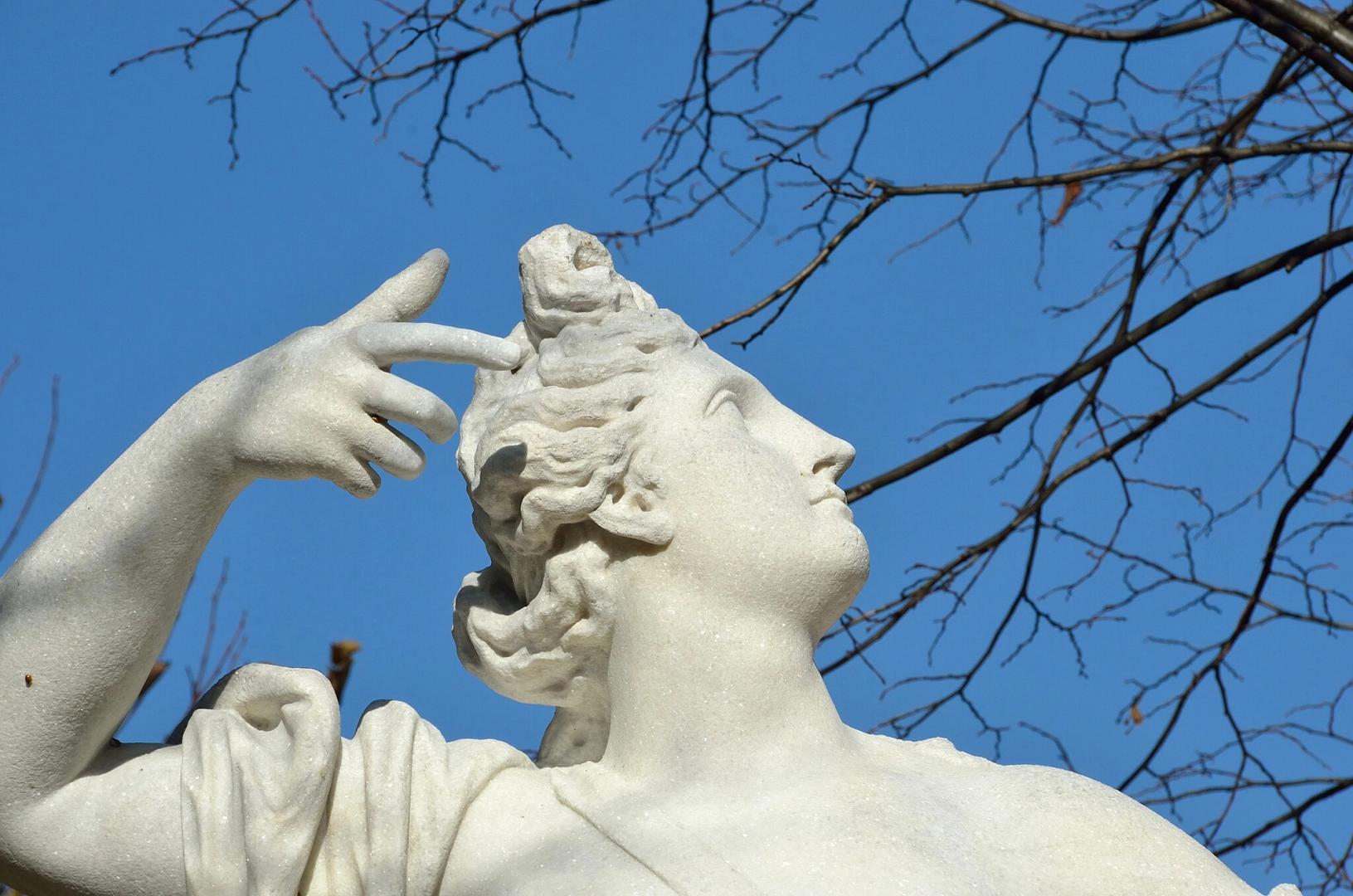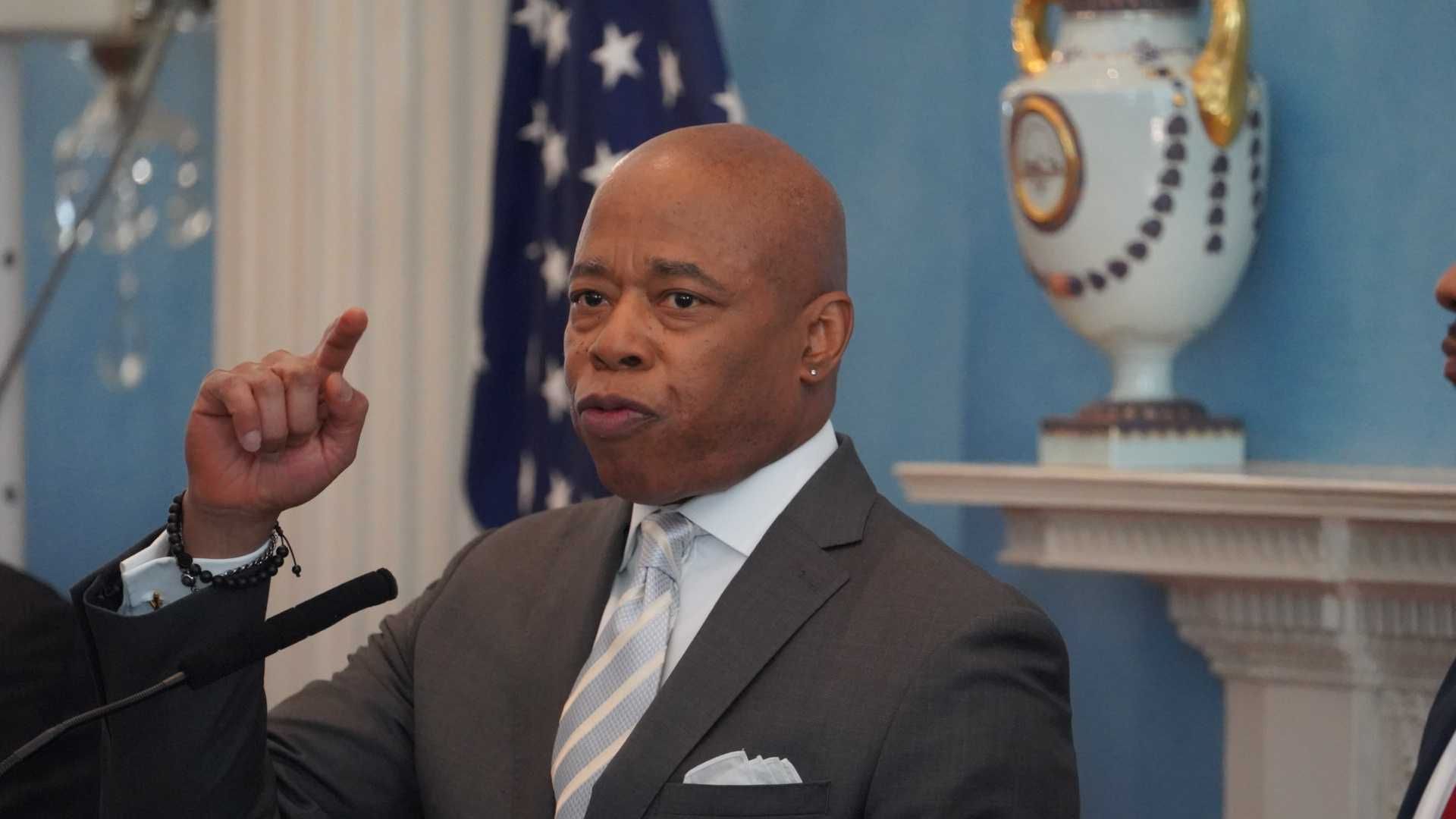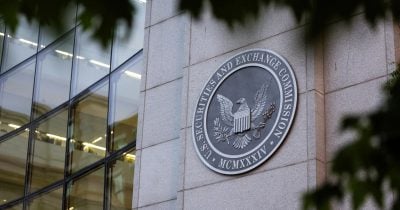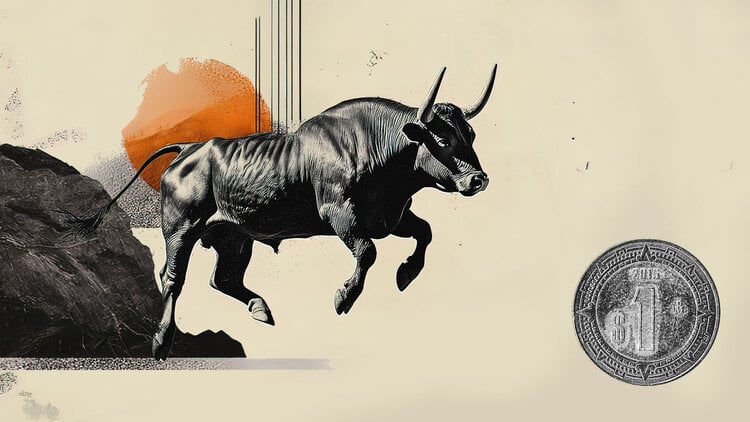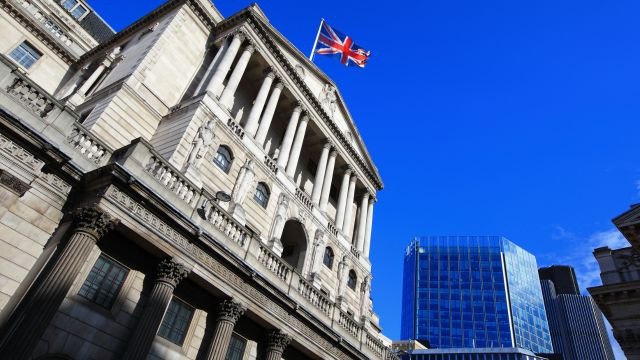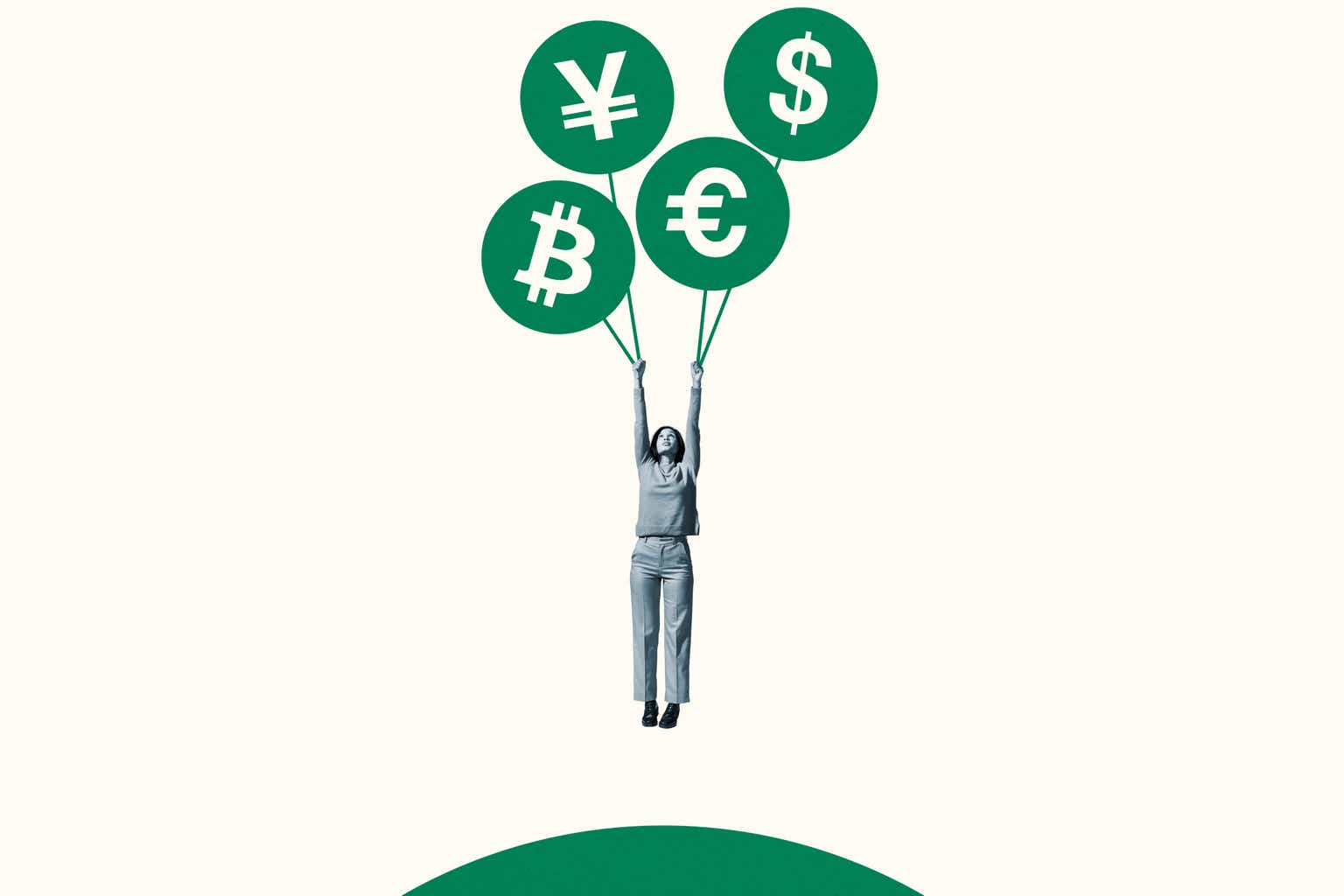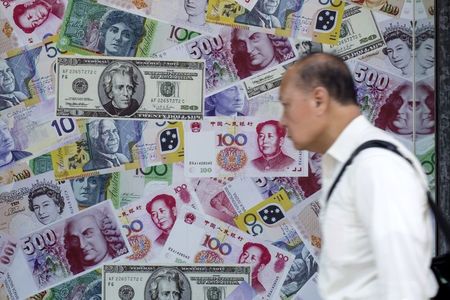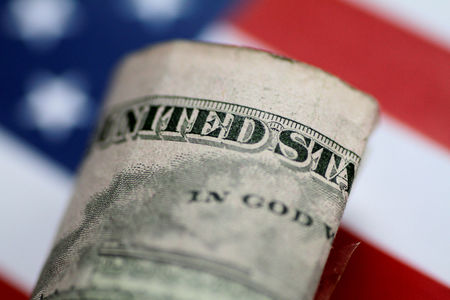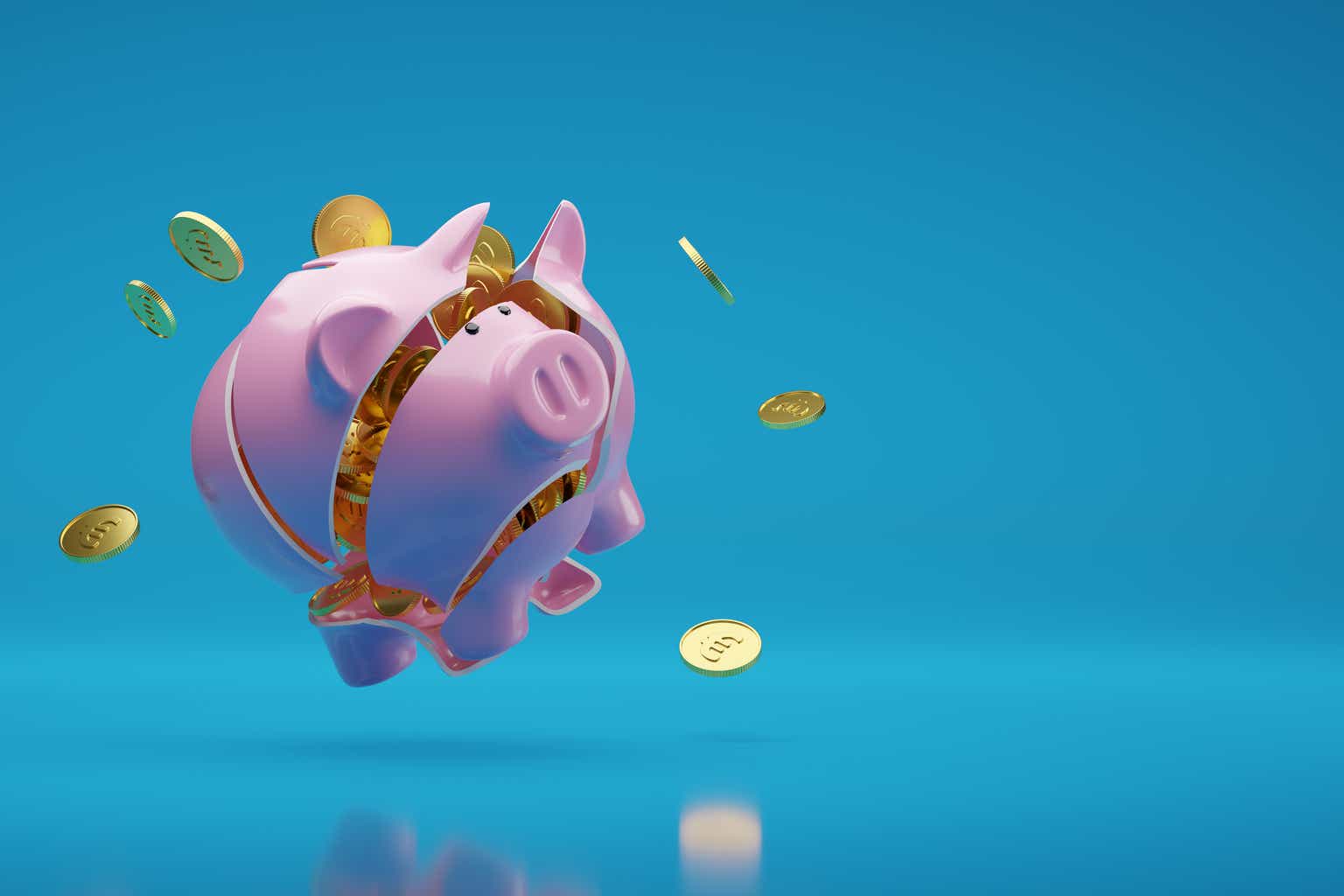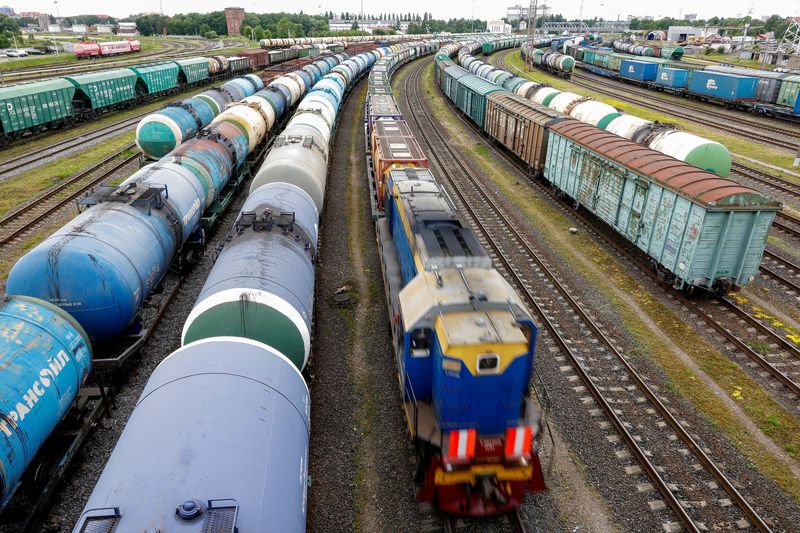Ray Dalio says the risks from U.S. credit downgrade ‘are greater than the rating agencies are conveying’
Dalio fears the U.S. will “print money” to pay off its debts, which creates a different problem for bondholders.

- The U.S.’s credit downgrade only covers part of the risks bondholders are facing, according to famed investor Ray Dalio. Moody’s lower credit rating doesn’t capture the danger of what would happen if the U.S. printed money to pay off its debts, which would lower the value of the dollar and mean that returns from bonds yields would be worth less than they otherwise would, according to Dalio.
Legendary investor Ray Dalio warned that Moody’s recent downgrade of the U.S.’s credit rating only captures a portion of the risks bondholders now face.
Regarding “the U.S. debt downgrade, you should know that credit ratings understate credit risks because they only rate the risk of the government not paying its debt,” Dalio wrote in a post on X.
Last week, the credit ratings agency Moody’s cut the U.S. rating from AAA to Aa1, citing a worsening fiscal picture because of the ballooning national debt. After Moody’s downgrade, the U.S. not longer has a top rating at any of the Big Three credit ratings agencies.
The current budget bill being debated in Congress would only increase the U.S.’s already mounting debt and interest payments, Moody’s said.
Re the U.S. debt downgrade, you should know that credit ratings understate credit risks because they only rate the risk of the government not paying its debt. They don't include the greater risk that the countries in debt will print money to pay their debts thus causing holders…— Ray Dalio (@RayDalio) May 19, 2025
“We do not believe that material multi-year reductions in mandatory spending and deficits will result from current fiscal proposals under consideration,” the agency wrote in a statement.
Dalio, though, sees a greater potential risk than the U.S. not paying its debts, which is an unlikely scenario at the moment, according to Moody’s. He argues the U.S.’s demotion from the top rung of credit ratings doesn’t even include the more dangerous threat: printing money to pay off the debts.
“They don’t include the greater risk that the countries in debt will print money to pay their debts thus causing holders of the bonds to suffer losses from the decreased value of the money they’re getting (rather than from the decreased quantity of money they’re getting),” Dalio said.
If the U.S. were merely to print more dollars in order to service its debt, rather than decreasing spending elsewhere or increasing government revenues, the increase in the money supply would lead to inflation. In that case, the money bond holders would earn from their yields would be worth less, by virtue of being diluted with all the extra dollars, than they would have been otherwise.
“Said differently, for those who care about the value of their money, the risks for U.S. government debt are greater than the rating agencies are conveying,” Dalio wrote.
The credit downgrade sparked a sell-off in the bond market, with yields on 30-year Treasuries rising above 5% Monday. It marks a blow—however symbolic—to the U.S.’s fiscal reputation, indicating it’s less appealing as a safe haven for investors.
The last time bond yields were north of 5% was in the immediate aftermath of President Donald Trump’s reciprocal tariff announcement on April 2, which induced a major sell-off in both equities and bonds. Eventually Trump paused his policy, saying that investors had gotten “a little bit yippy, a little bit afraid.”
This story was originally featured on Fortune.com





